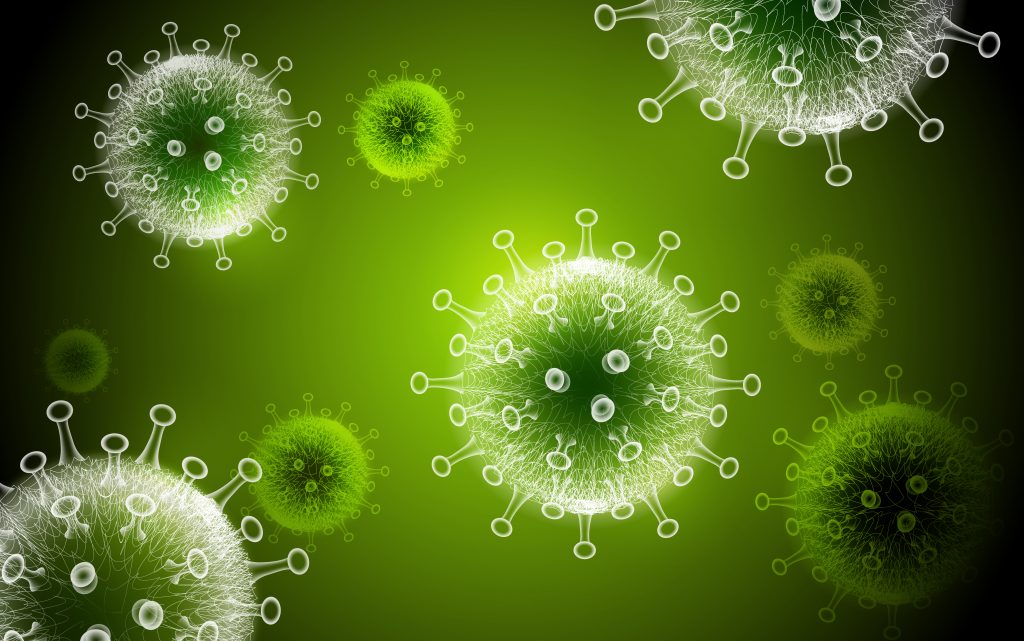Arq. Bras. Cardiol. 2022; 119(2): 326-327
COVID-19 and Late Cardiovascular Manifestations – Building Up Evidence
This Short Editorial is referred by the Research article "Evaluation of Endothelial Dysfunction in COVID-19 With Flow-Mediated Dilatation".
In early 2020, the world faced the outbreak of a new pandemic, Coronavirus Disease 2019 (COVID-19), caused by a novel coronavirus (SARS-CoV-2 virus). We soon discovered that while the respiratory tract was the prime target, many other organ systems might also be affected. COVID-19 cardiovascular (CV) manifestations are among the most common and feared and may manifest as myocardial injury, arrhythmias, acute coronary syndromes, heart failure, vascular dysfunction, and thromboembolic disease. Both pre-existing and comorbid cardiovascular disease and the concurrent presence of CV risk factors are harbingers of a poorer disease course and prognosis. Notably, acute CV involvement is a strong independent predictor of COVID-19 in-hospital mortality. The way in which the infection interacts with the CV system remains a subject of study, but apart from direct cell injury by the virus, the activation of inflammatory pathways is thought to play a key role. A comprehensive account of the pathophysiology of CV involvement in COVID-19 is beyond the scope of this commentary and has been extensively covered elsewhere.
While it is now clear that both cardiac and vascular dysregulations are to be expected during the active stage of the infection, concerns now focus on long-term residual CV abnormalities. Huang et al. reported that more than half of convalescent COVID-19 patients displayed signs of myocardial inflammation or fibrosis on cardiac magnetic resonance (CMR) imaging. Similarly, the meta-analysis by Kim et al. showed that nearly half of recovered COVID-19 patients exhibited one or more abnormal CMR results. Likewise, and somewhat unsurprisingly, the infection may also induce enduring vascular injury. In light of the tropism of SARS-CoV-2 for membrane-bound angiotensin-converting enzyme 2-expressing cells, it is no wonder that the vascular endothelium is a major player in the infection. Nonetheless, the effects of COVID-19 infection on vascular endothelium and the complex interplay between the two are still poorly understood. In essence, CV homeostasis is primarily dependent on the role of the endothelium. It regulates vascular tone, cell adhesion, thromboresistance, smooth muscle cell proliferation, and ultimately, vessel wall inflammation. Whenever the endothelium is activated, resulting in endothelial dysfunction, cell-signaling shifts from nitric oxide – mediated vasodilatory to vasoconstrictor redox processes. This can occur as a transient acute phenomenon, with little to no consequences, or as a sustained detrimental endothelium activation, eventually leading to a pro-atherogenic, pro-thrombotic milieu.
[…]
927

